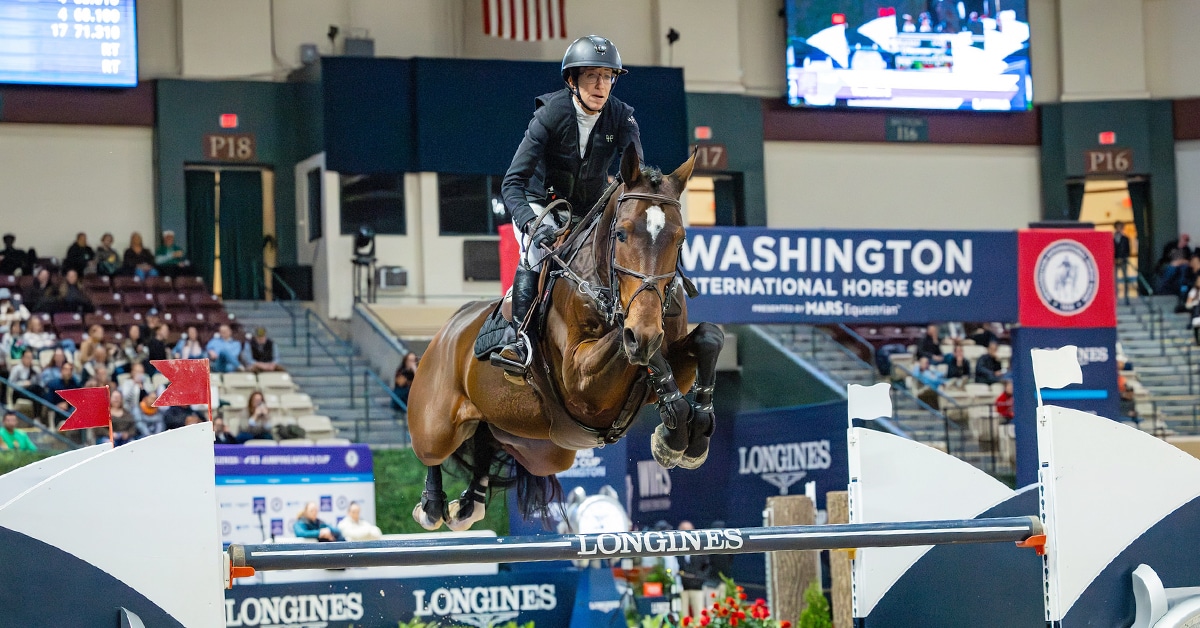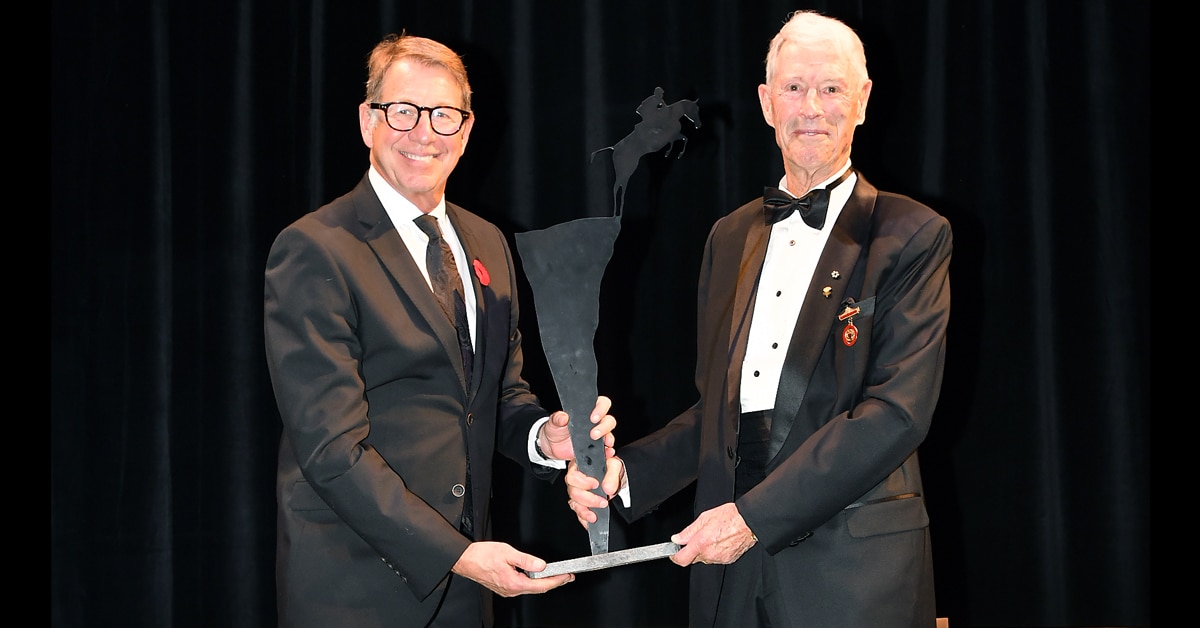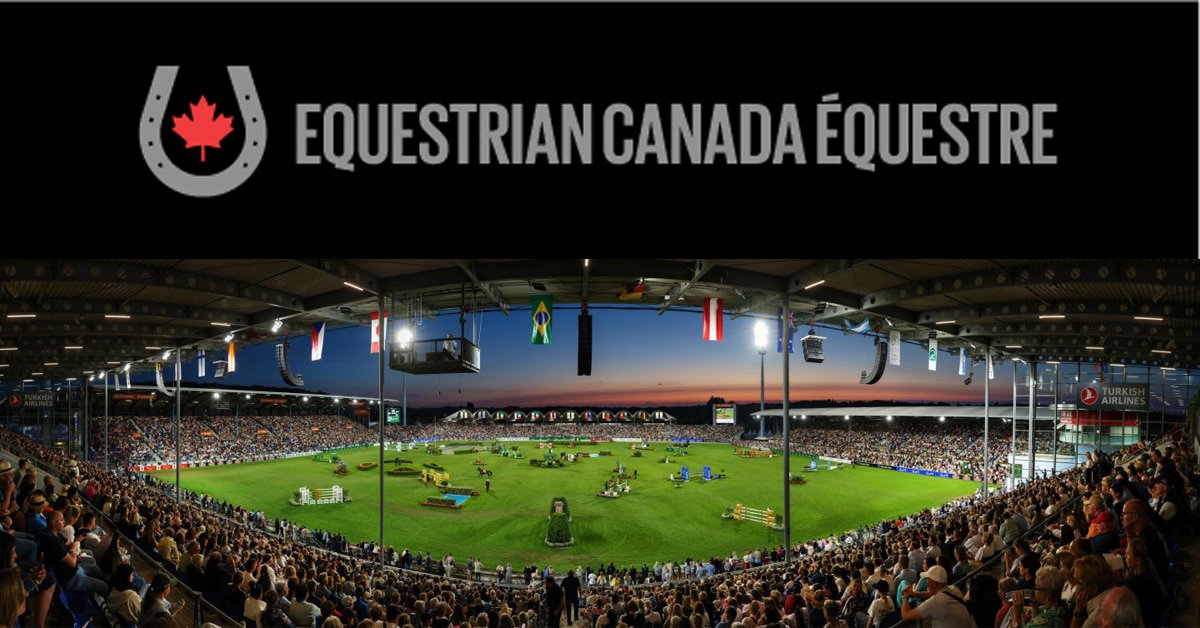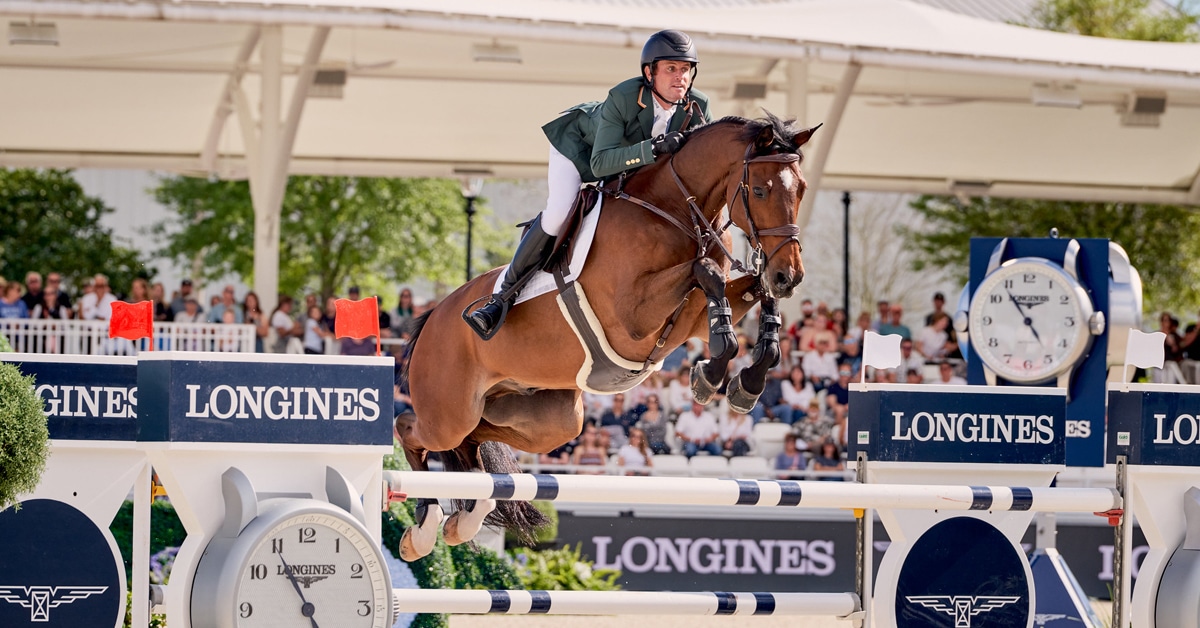Further to the publication of the Equestrian Canada (EC) 2016-2017 financial update on Sept. 14, 2017, and to continue to observe our commitment to communicate openly with EC stakeholders and the equestrian community as a whole, we are pleased to release the revised 2017-2018 EC budget.
To honour our responsibility to be as fiscally prudent as possible, a significantly conservative budget has been crafted for the 2017-2018 fiscal year. Anticipated revenues are based on data trends as conservatively as possible. Expenses have been reduced wherever possible, without hindering EC’s ability to provide service to its various equestrian communities and stakeholders. EC’s executive, administrative, management and financial teams continue to work to ensure that EC is meeting its fiduciary responsibilities in the best interests of its partners, communities, members and participants.
About the 2017-2018 EC Budget
There are three primary and independent components to EC’s budget – operational funds, designated equine medications funds, and discipline-specific funds. The 2017-2018 budget reporting process has been improved to provide more accurate detail regarding specific sources of revenue and allocations of expenses, particularly with respect to designated grant funding received from government agencies, and fees paid by Provincial/Territorial Sports Organizations (PTSOs) to support technical programs.
The equine medications and discipline-specific funds include a reserve account, to which designated surpluses are accrued when possible, and from which designated funds are drawn as necessary. In accordance with regulations governing Not-for-Profit Organizations, EC is required to develop policies to clearly define and delineate the collection, allocation and disbursement of these reserve funds.
Operational Budget
The operational budget provides for all of the operational, infrastructural, governance and personnel expenses inherent to the maintenance of service to the constituent communities and stakeholders who rely on EC for the delivery of programs and services.
Summary:
• Projected Revenue = $4,655,472
• Projected Expenses = $4,497,075
• Projected Operational Surplus before depreciation = $158,397
• Projected Depreciation Expense = $132,136
• Projected Operational Expenses after depreciation = $4,629,211
• Projected Actual Operational Surplus = $26,261
Additional Details & Comments:
1. The operational fund is budgeted to show a surplus (including depreciation) of $36,000.
2. Operational revenue for EC accrues from various sources, and totals $4.66 million. Some of the major contributors to operational revenue include:
• a) Sales of sport licences, horse recordings (ID) and passports = $2.30 million
• b) Fees paid by PTSOs = $400,000
• c) Sponsorships, sales and affinity, merchandise, and events = $254,000
• d) Designated funding from Sport Canada (designated for specific operational costs and programs as determined and directed by Sport Canada) = $300,000
• e) Designated high performance funding from Sport Canada (designated for specific high performance targeted operational costs and programs as determined and directed by Sport Canada) = $969,000
• f) Revenue from technical programs (competitions, coaches, officials, clinics, resources; plus designated Sport Canada funding) = $407,000
• g) Interest and additional miscellaneous revenue = $25,000
3. Operational expenses total $4.50 million. Operational expenses account for the services which EC provides to its constituent communities and stakeholders. Some of the major operational expenses include:
• a) Salaries and benefits for the EC employees who provide services to our equestrian communities = $2.05 million
• b) Building rental, office operating expenses, IT/web costs = $425,000
• c) Consultants, contractors, translation, legal and audit costs = $159,000
• d) Board, member, committee and general meetings = $96,000
• e) Membership administration, affiliation fees, staff travel = $85,000
• f) Organizational development and strategic planning = $20,000
• g) Annual convention ($128,000) and other ($35,000) events = $163,000
• h) Sport Canada designated high-performance expenses (from Sport Canada funding) = $969,000
• i) Other high performance expenses (travel, meetings, development) = $70,000
• j) Sponsorship, affinity, marketing, merchandise, business development, organizational representation = $183,000
• k) Sport Canada designated technical development support = $120,000
• l) Additional technical programs and administration (coaching, officials, rules) = $122,000
• m) Equestrian industry and horse welfare = $35,000
Equine Medications Designated Budget
The Equine Medications budget is a self-sustaining designated financial entity. Revenue accrues from the “Equine Medications Fee” levied at EC sanctioned events. Expenses are incurred solely to cover the costs associated with the administration of the Equine Medications program in accordance with EC and FEI regulations.
Summary:
• Projected Revenue = $480,579
• Projected Expenses = $525,000
• Projected Draw from Equine Medications Designated Reserve = ($44,421)
Discipline Specific Budgets
Discipline-specific expenses are identified by the respective sport discipline committees to meet the unique needs of each respective sport discipline. Expenses over-and-above discipline-specific revenues are covered by reserve funds accrued for this purpose.
Summary:
Questions, Comments?
Questions or comments related to the 2017-2018 EC Budget can be directed to the EC Finance Committee at FinanceCommittee@equestrian.ca.
More News












